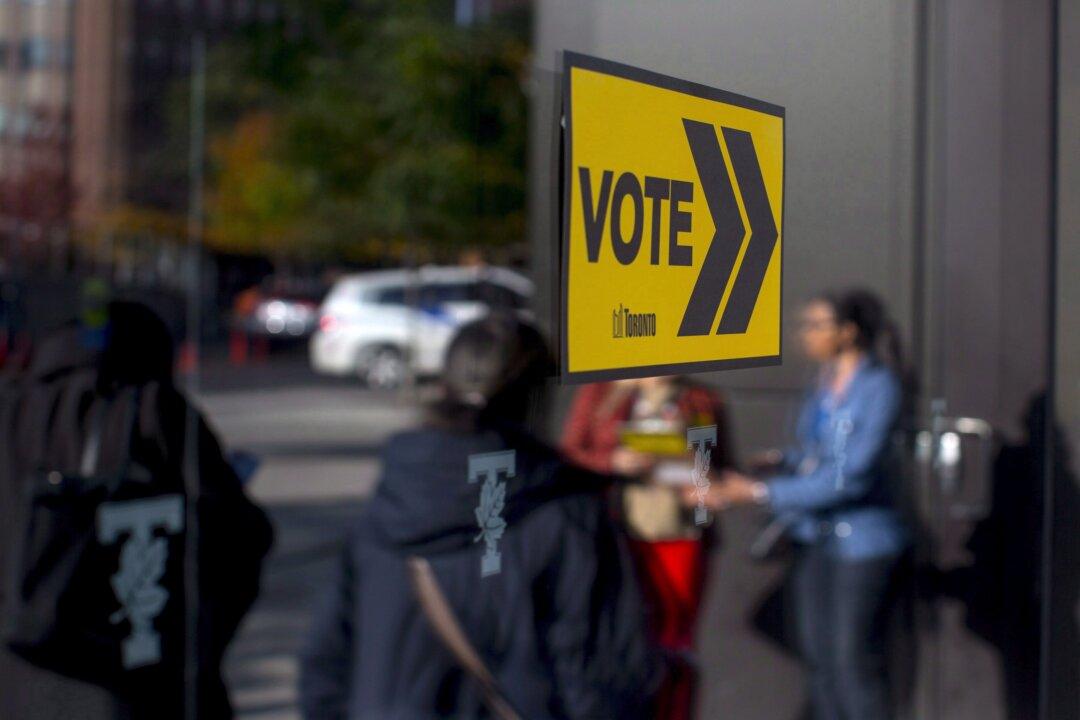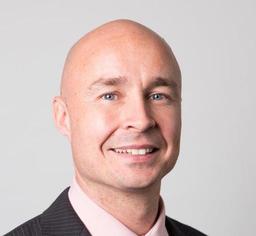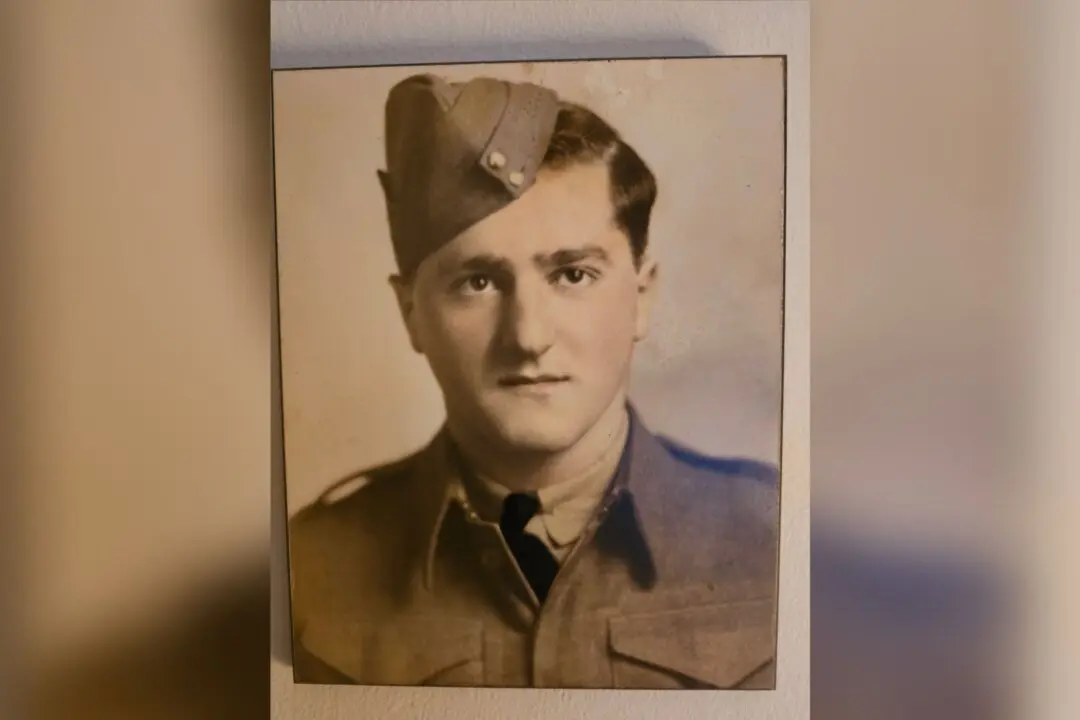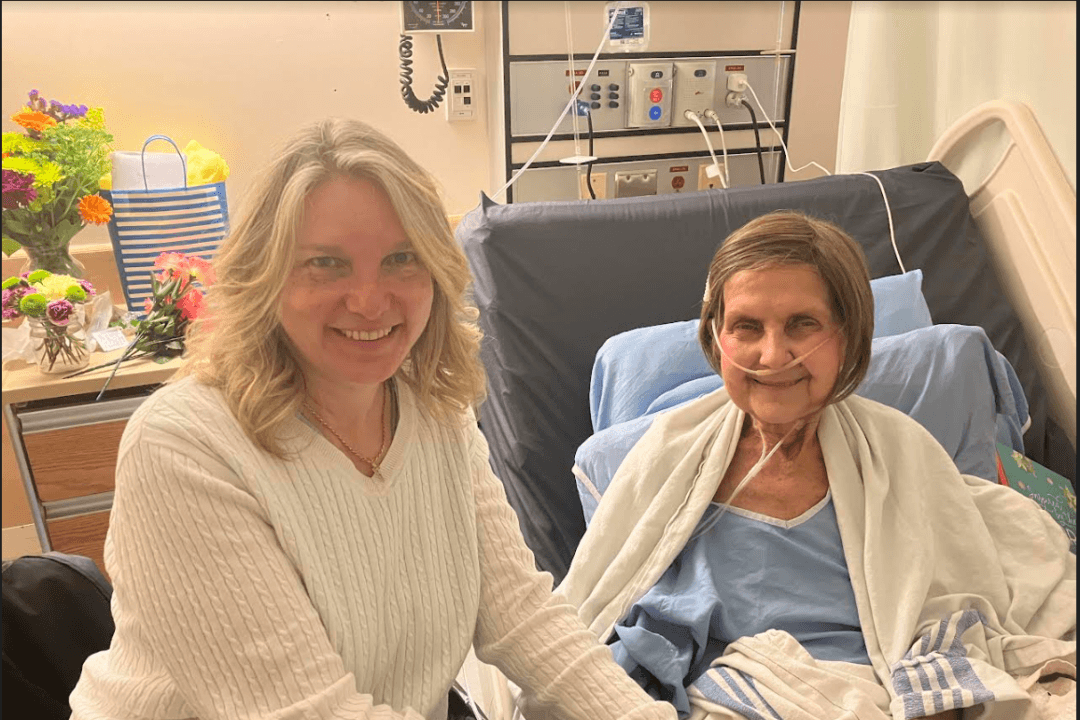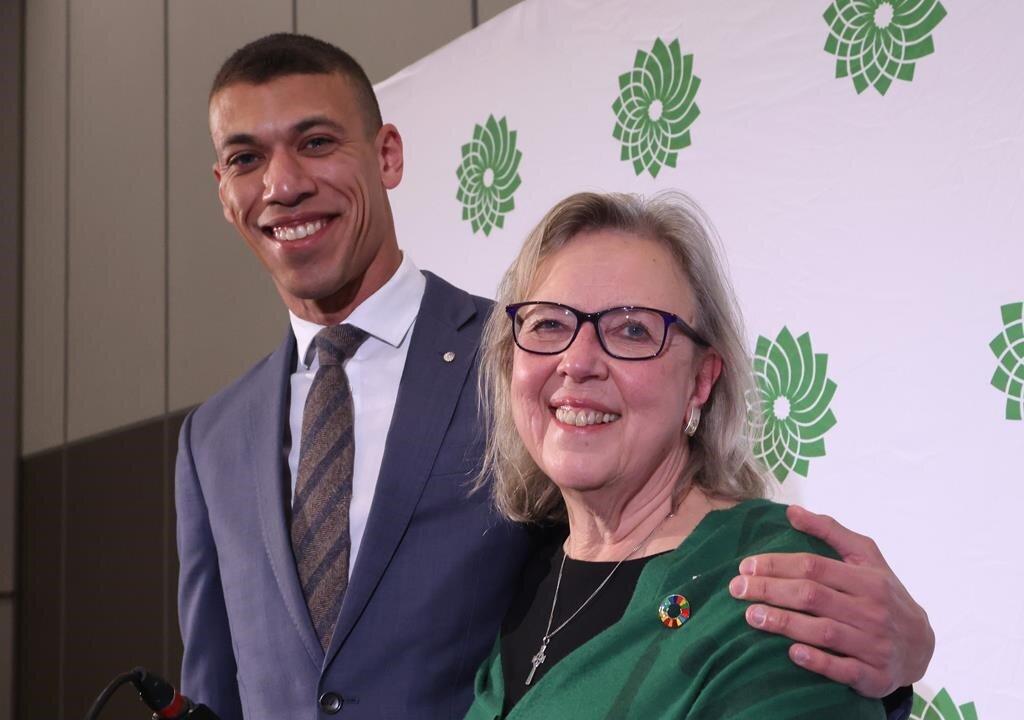The Ontario municipal elections on Oct. 24 were dominated by incumbent candidates and those who formerly held leadership positions at the provincial or federal level.
Among them were former Ontario NDP leader Andrew Horwath, who became mayor of Hamilton; former Ontario Liberal cabinet minister and party leader Steven Del Duca, who won as mayor of Vaughan; and two former Ontario Progressive Conservative leaders who were re-elected as mayor by wide margins: John Tory won his third term in Toronto, while Patrick Brown was re-elected in Brampton.
